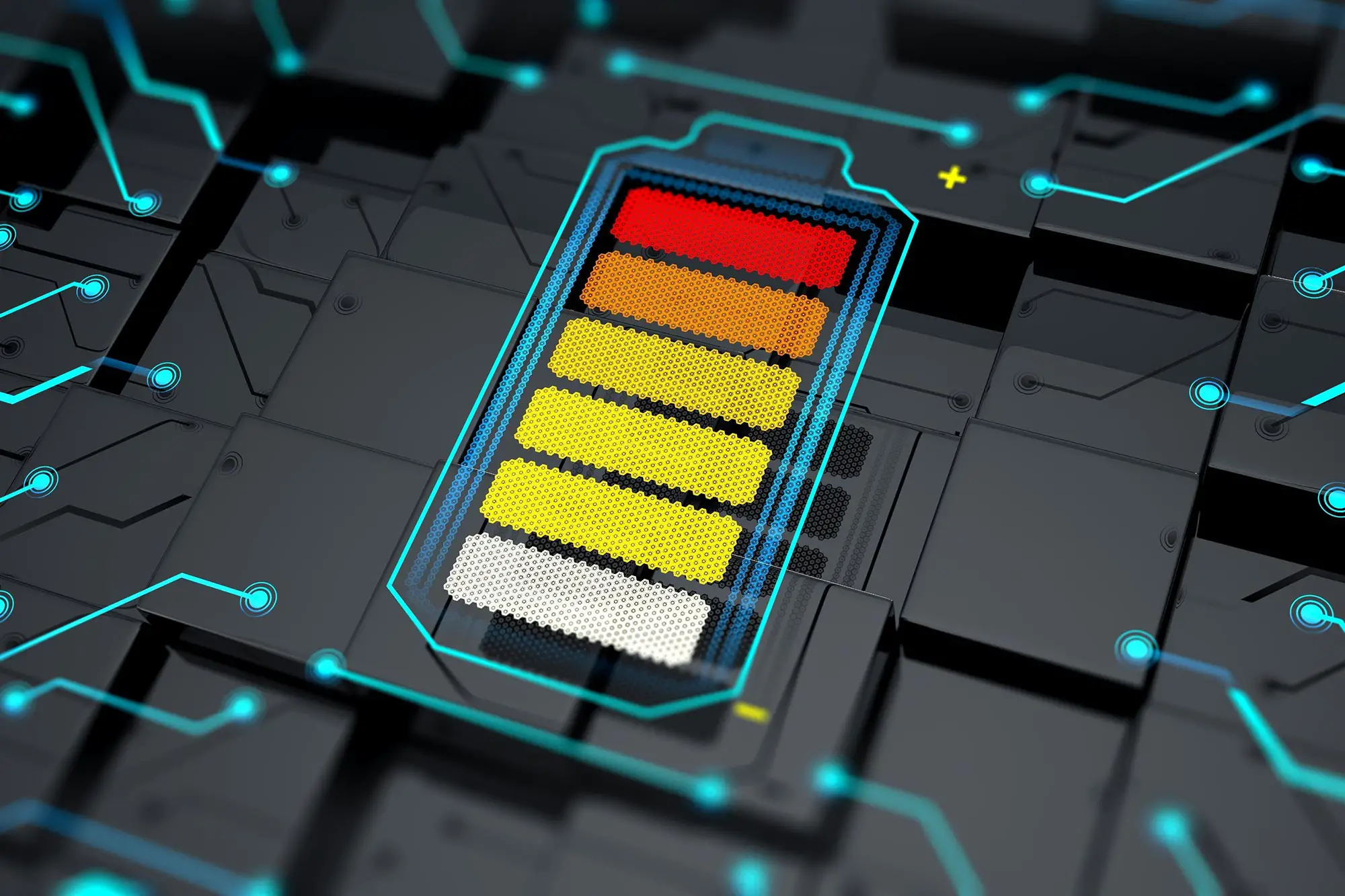

Scientists have developed a solid-state electrolyte from a cross-linked polymer that has high ionic conductivity and stability, making it promising for next-generation lithium batteries. This new material retains over 90% of battery storage capacity after 300 cycles and offers a safer alternative to current liquid electrolytes.
A newly developed, highly conductive solid electrolyte may pave the way for solid-state lithium batteries. Batteries store energy through chemical reactions, depending on the flow of charged ions from the cathode to the anode via an electrolyte.
Historically, batteries primarily used liquid electrolytes. However, there has been a persistent search for a solid substitute. In the 1970s, Polyethylene oxide (PEO)-based solid polymer electrolytes were developed, offering several benefits, notably safety. Compared to current lithium-ion batteries, those using polymer electrolytes have a reduced risk of igniting in situations like car accidents or within airplane cargo areas.

Intrinsic polymer electrolyte polymerization reaction path. Credit: Li et al.
Unfortunately, the ion conductivity at room temperature of polymer electrolytes is just too low to be practical. Other electrolytes that have recently been produced and described as “solid-state” actually contain gels. Quanfeng Dong and colleagues designed and synthesized a solid-state electrolyte from a cross-linked polymer composed of 1,3-dioxolane (DOL) and pentaerythritol glycidyl ether (PEG).
This intrinsic polymer electrolyte (IPE) has a three-dimensional(3D) mesh structure, which has ionic conductivity up to 0.49 millisiemens per cm at room temperature—far higher than PEO.
The intrinsic polymer electrolyte achieves lithium ion migration numbers of up to 0.85. Batteries built with intrinsic polymer electrolytes retain more than 90% of their storage capacity after 300 charge-discharge cycles. The material may be a good choice for next-generation high energy-density all solid-state lithium-based batteries, according to the authors.
Reference: “An intrinsic polymer electrolyte via in situ cross-linked for solid lithium-based batteries with high performance” by Chen Li, Ajuan Hu, Xinan Zhang, Hongbin Ni, Jingmin Fan, Ruming Yuan, Mingsen Zheng and Quanfeng Dong, 5 September 2023, PNAS Nexus.
DOI: 10.1093/pnasnexus/pgad263